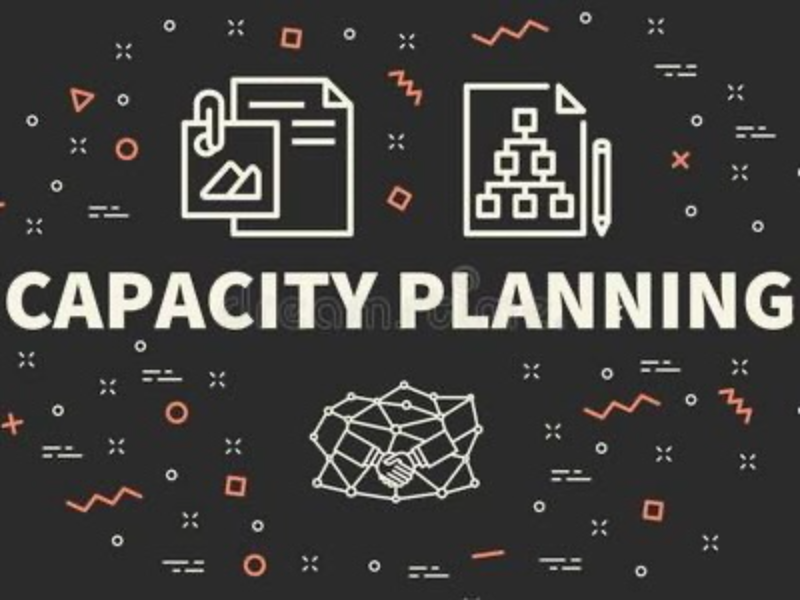- Capacity planning is the process of assessing and predicting the resources needed for future workloads or demands, ensuring that an organisation can operate efficiently and avoid bottlenecks and inefficiencies.
- It involves demand forecasting, current capacity assessment, gap analysis, strategic planning, implementation monitoring, periodic review and adjustment to ensure that resources are matched to anticipated needs.
Capacity planning is a forward-looking strategy adopted by enterprises to ensure that resources match future demand, aiming to optimise operational efficiency, avoid bottlenecks, and ensure that flexibility and competitiveness can be maintained under different levels of demand.
Definition of capacity planning
Capacity planning is the process of assessing and forecasting the resources needed to handle expected future workloads or demand, ensuring that an organisation has sufficient capacity to operate effectively without experiencing bottlenecks or inefficiencies. It involves evaluating current resources and capabilities, predicting future needs, and making strategic decisions to scale up or optimise those resources accordingly.
Also read: What is serverless computing?
How capacity planning works
Capacity planning works by systematically analysing and forecasting the resources needed to meet future demand, ensuring that an organisation can operate efficiently and effectively. Here is a step-by-step breakdown of how it typically functions:
1. Demand forecasting: The first step involves forecasting future demand for products or services. This can be based on historical data, market trends, and anticipated growth rates. Accurate demand forecasting is crucial as it forms the basis for all subsequent planning.
2. Current capacity assessment: The organisation evaluates its current production capacity, which includes the capabilities of its workforce, machinery, facilities, and other resources. This assessment helps to understand the gap between current capacity and future demand.
3. Gap analysis: The third step is to identify the gap between the forecasted demand and the current capacity. This involves determining if the organisation has the resources to meet the anticipated demand or if additional resources are needed.
4. Strategic planning: Based on the gap analysis, the organisation develops strategies to address the capacity shortfall. This could involve investing in new equipment, hiring additional staff, or optimising existing processes to increase efficiency.
5. Implementation and monitoring: The chosen strategies are then implemented, and the organisation closely monitors the outcomes. This includes tracking the effectiveness of the new resources or process changes and making adjustments as necessary.
6. Review and adjustment: Capacity planning is an ongoing process. The organisation regularly reviews its capacity planning strategies and makes adjustments based on actual demand, changes in the market, or technological advancements.
Also read: Serverless computing on AWS: Paving the path for cloud innovation
Importance of capacity planning
Capacity planning is critical for businesses as it ensures that they are able to adjust and optimise resources in line with expected demand growth. By anticipating future workloads and demands, organisations are able to prepare the necessary resources such as manpower, equipment and capital in advance, thereby avoiding production bottlenecks and inefficiencies. This forward planning helps organisations to smoothly scale their operations while remaining cost-effective, ensuring that customer requirements are met during peak demand periods and avoiding wasted resources during low demand periods.
Capacity planning helps organisations develop flexible strategies to respond to rapid changes in the market and industry. It enables companies to identify potential areas of production capacity and efficiency gains so as to stay ahead of the game in a competitive market. Through effective capacity planning, companies are able to better manage inventory levels, optimise the supply chain, reduce the risk of delays and disruptions, and ultimately improve customer satisfaction and the overall operational efficiency of the business.

